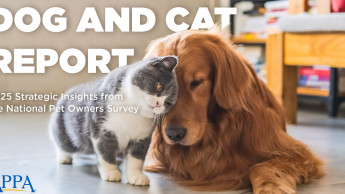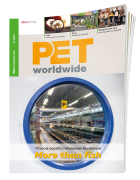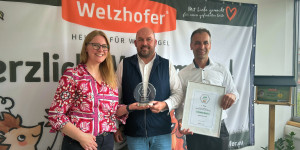A Weenect study provides strategic insights for manufacturers and marketers: according to the study, specialisation beats a flood of features, GPS tracking remains the USP and price sensitivity is high. Today's smart products for pets promise everything: location tracking, activity tracking, health monitoring – and often much more. The vision of many manufacturers is to create an all-rounder that supports pets and their owners in all situations. However, the new European study by Weenect shows that the majority of users do not want an all-in-one tool, but rather specialised devices that perform their core task perfectly.
This clear preference is confirmed by a survey of 1,929 dog and cat owners in Germany, France, the Netherlands, Italy, Spain and the United Kingdom. 79.3% of users – in Germany the figure is as high as 88.8% – want clarity, simplicity and reliability above all else, and draw a clear line between useful innovations and overloaded products. The figures speak for themselves:
This preference for specialisation is also reflected in the specific functions desired. In all markets surveyed – and particularly pronounced in Germany with 99.6% approval – real-time location tracking is the main reason for purchasing a GPS tracker. Activity tracking (64%) and recall training (66.4%) follow at a considerable distance, while health functions such as heart rate or respiratory rate measurement are at the bottom of the priority list with only 28.4%.
“In product development, it's tempting to constantly add new features,” explains Adrien Harmel, CMO of Weenect. “But users are sending a clear message: perfect the core function, make it intuitive and reliable – that's more convincing than a long list of extras.”
Concerns and price sensitivity
Nevertheless, the study also reveals untapped potential: Although 42.5% of respondents find health functions such as heart rate or respiratory rate measurement interesting, fundamental concerns are slowing down acceptance. More than half (59.5%) fear misdiagnosis, while more than one in three (39%) express data protection concerns. This scepticism sends a clear message to product strategy: health features must be certified, communicated transparently and self-explanatory in terms of UX – otherwise there is a risk of losing acceptance.
Reluctance towards feature inflation is also evident in willingness to pay: almost 60% fundamentally reject paying extra for additional features.
These findings paint a clear picture of a mature market with increasingly rational purchasing decisions. According to Weenect, the strategic implications for developers and brands are clear: specialisation instead of feature inflation with a clear focus on the USP, UX excellence through ease of use and reduced complexity, and data transparency as the new currency of trust. At the same time, the different priorities of dog and cat owners should be actively addressed through targeted segmentation.

 Menü
Menü

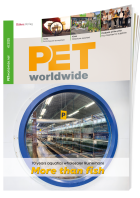



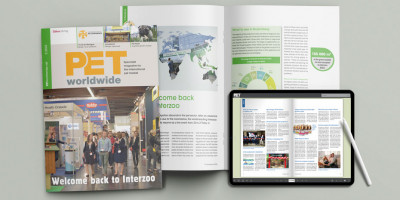
 Print - digital - online
Print - digital - online